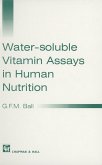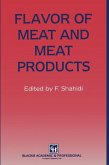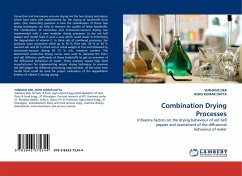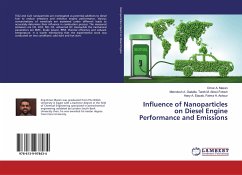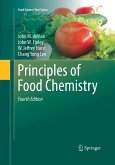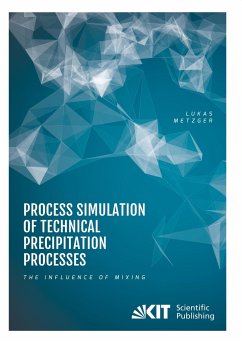In Brazil, the main form of consumption of oranges is in the form of juice, which is pasteurized. The main forms of heat transfer during food cooling are convection and conduction, and the convective heat transfer coefficients can change, under normal conditions, with temperature, air humidity and air velocity. In pasteurization processes, a deviation of 1°C from the proper temperature produces a 25% error in the effect of the operation. To develop heat transfer calculations it is important knowing the thermophysical properties of foods. In the case of orange juice, some other characteristics deserve attention, such as the content of vitamin C, which is one of the most important vitamins in the human diet. This study aimed to determine the vitamin C content, density and pH of orange juice before and after pasteurization, in addition to determining the convective heat transfer coefficient in the cooling stage.



